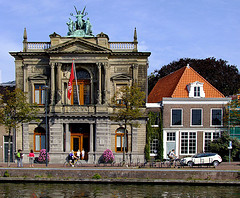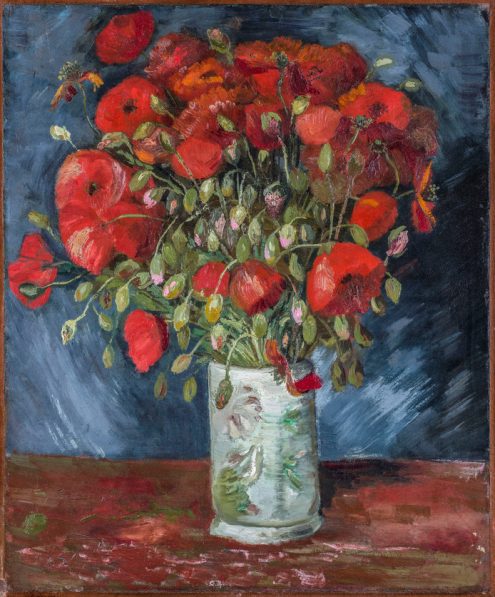
While looking through old documents, as you do when you work in a museum, employees of the Teyler Museum in Haarlem, North Holland made a great discovery: they found a set of the oldest X-ray images in the world. As far as they know, there’s only another set somewhere in London.
The images were part of the inheritance of Nobel Prize winner Hendrik Antoon Lorentz, and printed by him. Time Magazine called these some of the 100 most influential photos ever collected. One of the images features German-Dutch physicist Wilhelm Conrad Röntgen’s wife Bertha’s hand. “I’ve seen my death!” Bertha Röntgen said.
The Teyler Museum will be exposing these photos until July 14.
(Link: teylersmuseum.nl, Photo of Teylers Museum by Tom Clearwood, some rights reserved)

